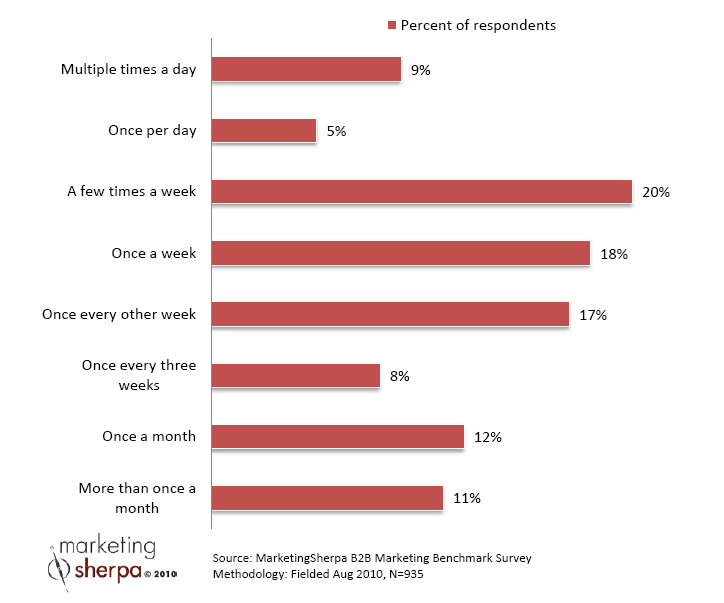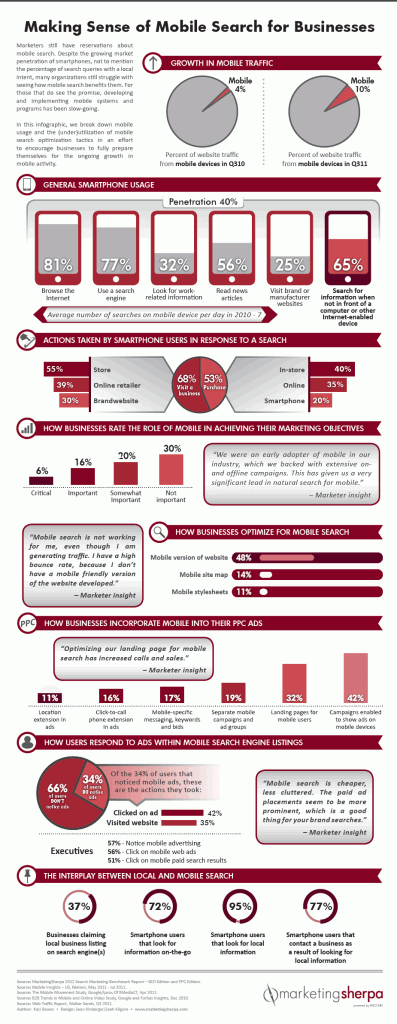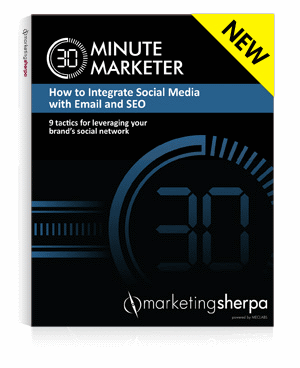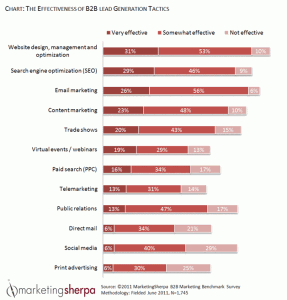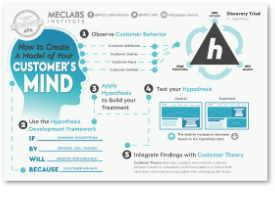How to Write a Competitive Analysis (with 3 free templates)
“It’s not enough that we win; all others must lose.” – Larry Ellison
Personally, I disagree with Larry, and I think that the focus should be on the customer winning. Hopefully that’s often through your product or service offering, but sometimes your competitors can serve customers looking for a solution better than you can. In those cases, I think all parties (your company, your competitor and your customer) are better served by acknowledging that.
In fairness, Larry Ellison is the fifth richest man in the world, so if that’s how you keep score, he has much more credibility than I. On the other hand, he was paraphrasing Genghis Khan with his quote, so I guess it all depends whom you want to emulate with your marketing.
Learning from the competition
But, whether you agree with Larry or me (or even Genghis), I’m sure that we can all see the value in better understanding what competitors are doing.
So you can conduct a competitive analysis for the obvious reasons — to bludgeon the competition and raze their villages. However, you can also conduct a competitive analysis to help you better communicate with your customers about how you can best serve them (and even tell them what you can’t do) while perhaps honing the fine art of “coopetition.”
Moreover, a competitive analysis is an especially helpful tool to help you craft your value proposition.
Free competitive analysis templates
To help you conduct a competitive analysis, we’ve created a few free templates loosely based on the Summary Competitive Analyses we conduct for our own Research Partners here at MECLABS.
Read more…





